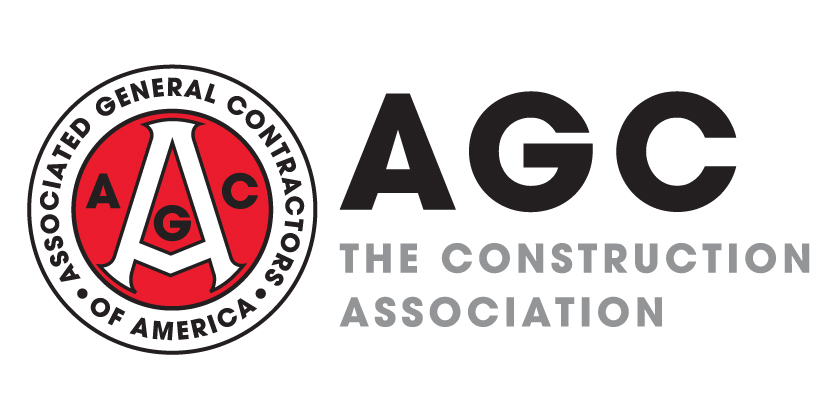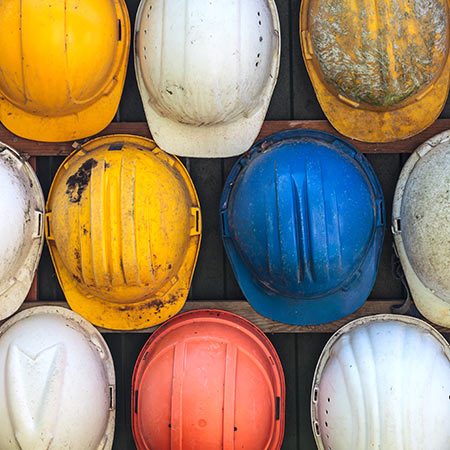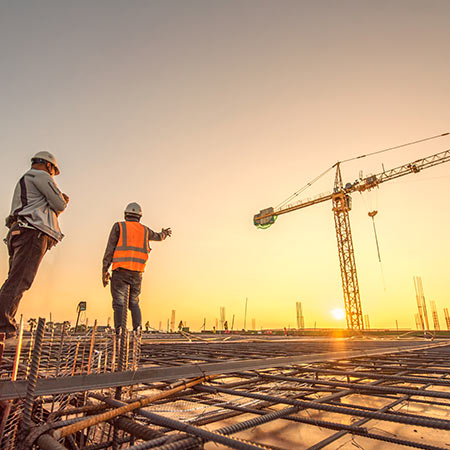
Seasonally adjusted construction employment in October trailed pre-pandemic February levels in 37 states and exceeded them in 13 states and the District of Columbia, according to AGC’s analysis of Bureau of Labor Statistics (BLS) data posted on Friday. New York lost the most construction jobs between February and October (-41,600, -10%), followed by Texas (41,500, -5.2%) and California (-17,600, -3.1%). Vermont had the largest percentage loss (-22%, -3,200 jobs), followed by North Dakota (-13%, -3,900). Virginia added the most construction jobs over that span (7,100, 3.5%), followed by Kentucky (4,300, 5.4%) and Alabama (4,300, 4.5%). South Dakota posted the largest percentage gain (9.4%, 2,300 jobs), followed by Kentucky and Alabama. Construction employment decreased from September to October in 12 states, increased in 36 states and D.C., and was unchanged in South Dakota and Utah. Maryland had the largest job loss for the month (-2,600 jobs, -1.5%), followed by Georgia (-1,800, -0.9%). Maryland also had the largest percentage decrease, followed by Delaware (-1.4%, -300). California added the most construction jobs over the month (26,300, 3.1%), followed by Texas (9,400, 1.3%) and Louisiana (6,700, 5.3%). Alaska had the largest percentage gain for the month (10%, 1,500 jobs), followed by Iowa (7.0%, 4,700) and Alabama (6.0%, 5,600). (BLS reports combined totals for mining, logging and construction in D.C., Delaware and Hawaii.)
Contractor readers are invited to complete the 2021 AGC of America/Sage Hiring and Business Outlook Survey. In the Census Bureau’s latest weekly Small Business Pulse Survey, released on Thursday with responses from November 9-15, there has been little change since late August in the share of firms that expect returning to normal will take more than six months (33%) or that report the business had already returned to year-ago levels (14%). Similarly,39% of construction respondents reported domestic supplier delays in the last week, a percentage that has barely budged over three months.
Total starts (dollars) climbed 12% from September to October at a seasonally adjusted annual rate, Dodge Data & Analytics reported on November 16. “While sizeable, the increase does not erase September’s substantial pullback in starts. All three major categories moved higher over the month: nonbuilding starts rose 25%, nonresidential buildings increased 19%, while residential activity gained 2%....Through the first 10 months of 2020, total construction starts were 11% lower than the same period of 2019….Nonbuilding starts were down 14%....Starts in the highway and bridge category were up 8%, while environmental public works were 8% lower. The miscellaneous nonbuilding and utility/gas plant categories were each down 34% year-to-date….Nonresidential building starts were down 24% through the first 10 months of 2020. Commercial starts were 27% lower and institutional starts were 16% lower, while manufacturing starts tumbled 54%....Residential construction starts were 2% higher…Single family starts were up 8%, but multifamily starts were down 11%.”
The Architecture Billings Index (ABI) rose to a seasonally adjusted level of 47.5 in October from 47.0 in September, the American Institute of Architects reported on Wednesday. AIA says, “The ABI serves as a leading economic indicator that leads nonresidential construction activity by approximately 9-12 months.” The ABI is derived from the share of responding architecture firms that report a gain in billings over the previous month less the share reporting a decline in billings, presented on a 0-to-100 scale. Any score below 50 means that firms with decreased billings outnumbered firms with increased billings. An index of the value of new signed design contracts topped 50 for the first time since February, rising to 51.7 from 48.9 in September. ABI scores by practice specialty (based on three-month moving averages) rose: residential (mostly multifamily), 55.1 (up from 53.7 in September, the third month in a row above 50); mixed, 52.7 (up from 48.5); commercial/industrial, 48.0 (up from 44.3); and institutional, 42.2 (up from 41.5).
Selective materials shortages and price increases continue to affect contractors. AGC has received reports of cement shortages in California and Utah, and copies of price increase notices, effective in early January, from three fires sprinkler suppliers. Readers are invited to send information regarding materials to ken.simonson@agc.org. Participants in the October ABI survey also reported problems. “Overall, six in 10 responding firms this month indicated that they have seen some degree of higher prices/more limited availability of construction materials over the past six to 12 months, with 32% reporting significantly higher prices/limited availability, and 28% reporting modestly higher prices/limited availability. At firms that reported that they have seen higher prices/more limited availability for construction materials in the past six to 12 months, 91% indicated that price/availability issues are at least a somewhat serious problem at their firm, with 15% reporting it as a very serious problem.”
Housing starts (units) increased 4.9% at a seasonally adjusted annual rate from September to October and 14% year-over-year (y/y), Census reported on Wednesday. Multifamily (five or more units) starts slumped 3.2% for the month and 20% y/y. Single-family starts jumped 6.4% and 29%, respectively. Residential permits were unchanged from September and up 2.8% y/y, with single-family permits up 0.6% and 21%, respectively, and multifamily permits down 5.9% and 31%. Nevertheless, Wells Fargo Economics commented, “There is still an immense undersupply of all types of housing, particularly affordable rental housing. We expect apartment demand to ramp back up once the pandemic is comfortably behind us.”




